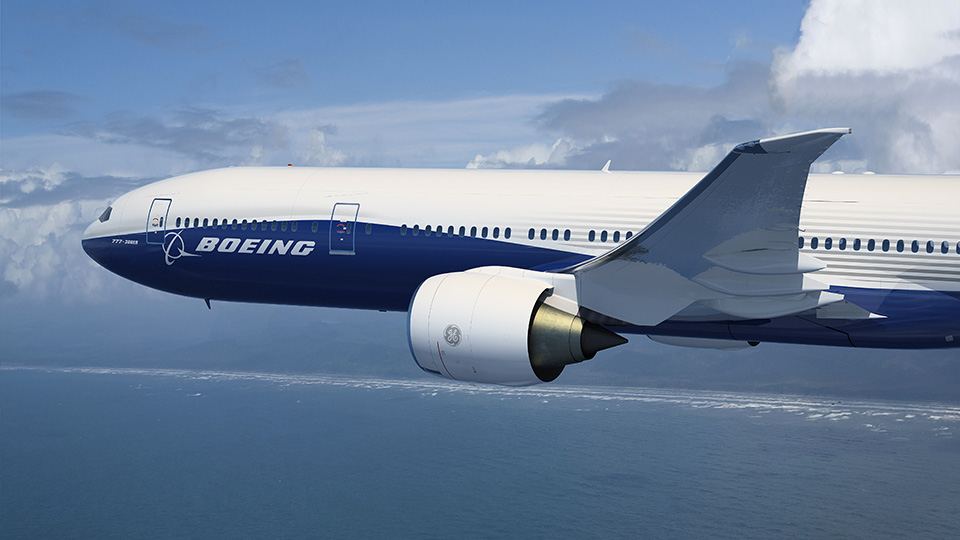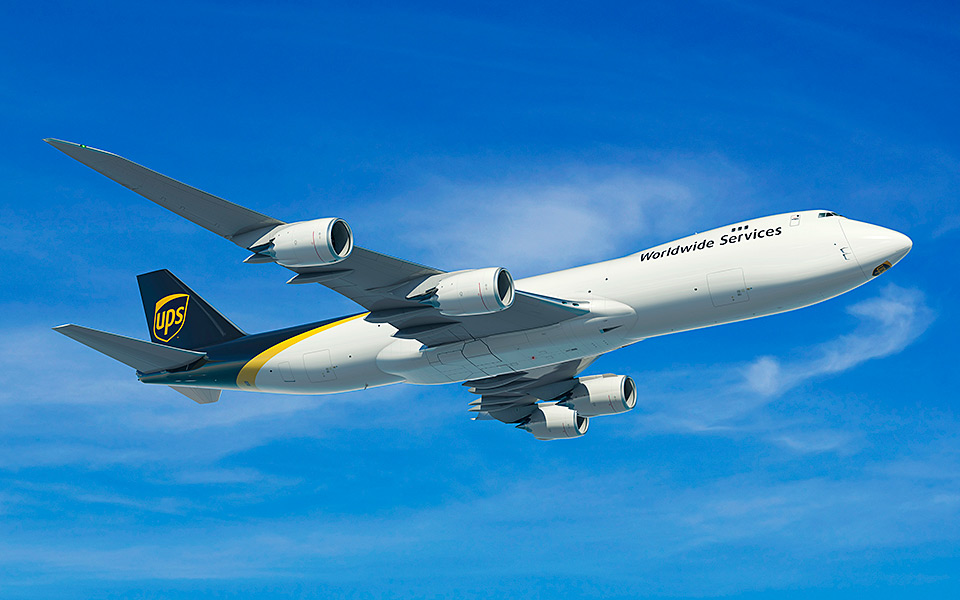Leeham News and Analysis
There's more to real news than a news release.
- The state of alternative propulsion aircraft? Part 5.
- Deutsche Aircraft: supply chain resilience for a new era of production
- Alternative energy companies certification seen in two years
- Electric taxi solution aims for 2027 certification
- Bjorn’s Corner: Faster aircraft development. Part 20. Flight Testing.
Bombardier 3Q2016 earnings: revenue down, performance up
![]() Nov. 10, 2016, (c) Leeham Co.: Bombardier reported 3Q2016 and nine months results reflecting lower revenues as downsizing businesses and cost-cutting took effect.
Nov. 10, 2016, (c) Leeham Co.: Bombardier reported 3Q2016 and nine months results reflecting lower revenues as downsizing businesses and cost-cutting took effect.
Revenues for the current quarter were $3.7bn vs $4.1bn. For the nine months, revenues were $12bn vs $13.1bn. Earnings Before Interest and Taxes (EBIT), and before special items, were $87m vs $75m for the quarter. Losses are special items were $94m and $4.9bn.
For the nine months, EBIT was $323m this year vs $538m last year. Losses after special items were $722m and $4.66bn.
BBD burned through $320m in cash in the quarter vs $816m a year earlier. For the nine months, the cash burn was $1.56bn vs $2.37bn.
Posted on November 10, 2016 by Scott Hamilton
Clouds overhang Bombardier ahead of earnings call
Subscription Required
Introduction
Nov. 9, 2016, © Leeham Co.: Bombardier reports its 3Q2016 and nine month earnings Thursday and as the year prepares to enter its last 45 days, disappointment hangs over the company and the stock.
Summary
- Despite winning firm orders for the CSeries from Air Canada and Delta Air Lines early in the year, no other new orders have been announced.
- Deliveries of the CSeries will only be about half those projected, due to engine delivery delays from Pratt & Whitney.
- The $1bn investment from the federal Canadian government hasn’t been achieved, but an announcement may come as early as next week that an agreement has been reached.
- Boeing revised the design of the 737-7 to sit “right on top of” the CS300.
- Embraer (Brazil) is taking the government bailout of CSeries to the World Trade Organization (WTO) in inquiries, with the USA lending support.
Posted on November 9, 2016 by Scott Hamilton
Flying the CSeries
By Bjorn Fehrm
November 09, 2016, ©. Leeham Co: After my preparations at Bombardier (BBD) in Montreal, it was time to take an early flight to BBD’s test center in Wichita (KS) the next day. We spent the afternoon in briefings and went flying Wednesday.
The trip to Wichita was with American Airlines regional carrier American Eagle on a BBD CRJ200. Within two days, I would experience the first and smallest regional jet, the CRJ200 (albeit in coach) and Bombardier’s latest and largest jet, CS300, which encroaches on the turf of the single aisles as a direct competitor to the Airbus A319 and Boeing 737-700/7.
At the test center, just off the runway to Wichita International, I would be joined by Mike Gerzanics, who was test flying for FlightGlobal. We last met when we test flew the Airbus A350 in Toulouse in Spring 2015. Read more
Posted on November 9, 2016 by Bjorn Fehrm
Pontifications: A history-making year
Nov. 7, 2016, © Leeham Co.: This is a history-making year.
Yes, there is Brexit.
Sure, there is the first woman candidate of a major political party running for the presidency of the US.
Yep, there is the biggest Doofus ever nominated by a major political party also running for the presidency of the US.
But let’s get to something really important.
The Chicago Cubs finally won the World Series 108 years after the last time they did.
Posted on November 7, 2016 by Scott Hamilton
CSeries out of London City Airport
Subscription required.
Introduction
By Bjorn Fehrm
November 07, 2016, ©. Leeham Co: When we visited Bombardier (BBD) in Montreal recently, we learned new information about how the CSeries would operate from London City Airport. This unique airport served 4.3m passengers last year and have expansion plans for more passengers up to 2030.
Bombardier’s first CSeries operator, SWISS Airlines, configured all its CS100 aircraft to operate from London City. This requires special engine selections and certification of aircraft and crews. The certification of the aircraft, CS100 is ongoing and will be finished at the turn of the year.
We take a look at what is required for London City and how far the CS100, appropriately configured, can serve destinations from this special airport. We will use a combination of Bombardier data and our own performance model to reach the conclusions.
Summary
- London City Airport put special requirements on the aircraft serving it.
- The CSeries will be one of the most potent types allowed at London City.
- We use BBD data and our performance model to understand at what range destinations can be served.
Posted on November 7, 2016 by Bjorn Fehrm
Bjorn’s corner; Turbofan engine challenges; Part 2
November 04, 2016, ©. Leeham Co: We will now start to go through a modern turbofan airliner engine and look at the technologies which are used and what are their technical challenges. We will start today with the engine intake and the fan.
To make things concrete, we will use a GasTurb simulation of a Rolls-Royce Trent XWB 84k engine. This will provide us with realistic example data for the different parts of the engine. I want to stress that all values are assumed as typical for such an engine. I have no specific knowledge of the Trent XWB and will not use any data outside what is public information.
The GasTurb cross section of a three-shaft turbofan is shown in Figure 1. We will use the station numbers in the figure to navigate the engine and the data from the simulation to understand modern airline engines and their typical data. Read more
Posted on November 4, 2016 by Bjorn Fehrm
Boeing sees wide-body market recovery from 2020
Subscription Required
Introduction
Nov. 3, 2016, © Leeham Co.: Boeing may have solved its pressing problem of largely filling the production gap for the 747-8, but there is still a long way to go for the

Boeing 777X. Boeing’s view of the wide-body market has shifted. Once it thought a strong market through 2020. Now it sees recovery in demand from 2020. Boeing photo via Google images.
777.
Boeing Co. CEO Dennis Muilenburg said last week the production rate for the 777 Classic may need to come down another 1-2 per month from the previously announced 5.5/mo if sales don’t pick up.
Despite a pending order for 15 from Iran Air and the perpetual sales campaigns, Muilenburg otherwise painted a picture about wide-body demand that is anything but rosy.
Summary
- Boeing no longer sees strong demand for wide-bodies through this decade. Recovery won’t resume until the start of the next decade.
- Thus, successfully bridging the 777 Classic to the 777X becomes more challenging.
- Investors yawn at more potential 777 production rate cuts.
Posted on November 3, 2016 by Scott Hamilton
Preparing to fly the CSeries
By Bjorn Fehrm
November 03, 2016, ©. Leeham Co: We were invited to Bombardier (BBD) in Montreal last week for a series of special events.
The visit had three purposes: attend the roll out of airBaltic’s CS300 (reported here), prepare to fly the CSeries in the simulator and finally to test fly the aircraft at BBD’s Wichita (KS) test flight facility.
It was mid-October when the chance came to test fly the CSeries. The ideal time would be October 24-26, just before the test aircraft, FTV8 (the CS300 route proving aircraft), would take off for the Airshow China in Zhuhai.
The testing would have three parts:
- Study the aircraft via BBD’s online training program.
- Fly the aircraft in the CSeries simulator in Mirabel, close to Montreal.
- Fly FTV8 from BBD’s test flight station in Wichita (KS).
Posted on November 3, 2016 by Bjorn Fehrm
Embraer 3Q2016 results: Stabilized situation
By Bjorn Fehrm
1 November 2016, ©. Leeham Co: Embraer reported slightly better than expected results for 3Q2016, with revenue up by 18% to $1,514m. Gross margin for the company is at a stable 19% (18% 3Q2015) and EBIT before one-off was $95m ($85m).
After one time charges, the result was a loss of $34m, attributable to a layoff program of $118m and additional charges in the Corruption affair the company has been involved in. The company reiterated its guidance for 2016, adjusted downwards in last quarters presentation.
The Commercial Aviation side delivered more aircraft than expected and Defense & Security increased revenue by 19%. The business jet side did not expand as planned. Despite the certification of new models (Legacy 450), the delivery of new business jets is stuck at about 50% below what was expected, around 25 units per quarter instead of more than double that at the end of 2015.

Embraer’s commercial aircraft best seller, the E175 being in Alaska livery. Source: Alaska Airlines.
While deliveries of commercial aircraft held up at 29 units, sales are not keeping pace with 17 aircraft sold in the quarter. Deliveries year-to-date are at 76 E-Jets while orders are at a low 51 for a book-to-bill of just 0.67.
Defense & Security stabilized with the KC-390 military transport program now progressing. The flight test program now has two aircraft.
Here the details of the financial results for the divisions and their aircraft programs: Read more
Posted on November 1, 2016 by Bjorn Fehrm
UPS order tops off 747-8 line through 2020

UPS Boeing 747-8F. Source: Boeing.
Subscription Required
Introduction
Oct. 31, 2016, © Leeham Co.: Last week’s order for 14 Boeing 747-8Fs and 14 options by UPS assures continuation of the program through 2020.
If options are exercised, and if previously announced deals with other customers finally are consummated, the program should continue at least well into the 2020 decade.
Summary
- UPS (but not Boeing) revealed the delivery timeline for the order.
- The mysterious Volga-Dnepr/AirBridgeCargo that was announced at the Paris and Farnborough air shows for up to 20 747-8Fs still hasn’t been firmed up. Only four are listed on the Boeing website this year.
- Iran Air will order four 747-8s under the reported terms of the agreement with Boeing. The US government blessed the deal recently.
- The first of three 747-8s for the presidential fleet is now scheduled for delivery in October 2017, it’s believed.
Posted on October 31, 2016 by Scott Hamilton








